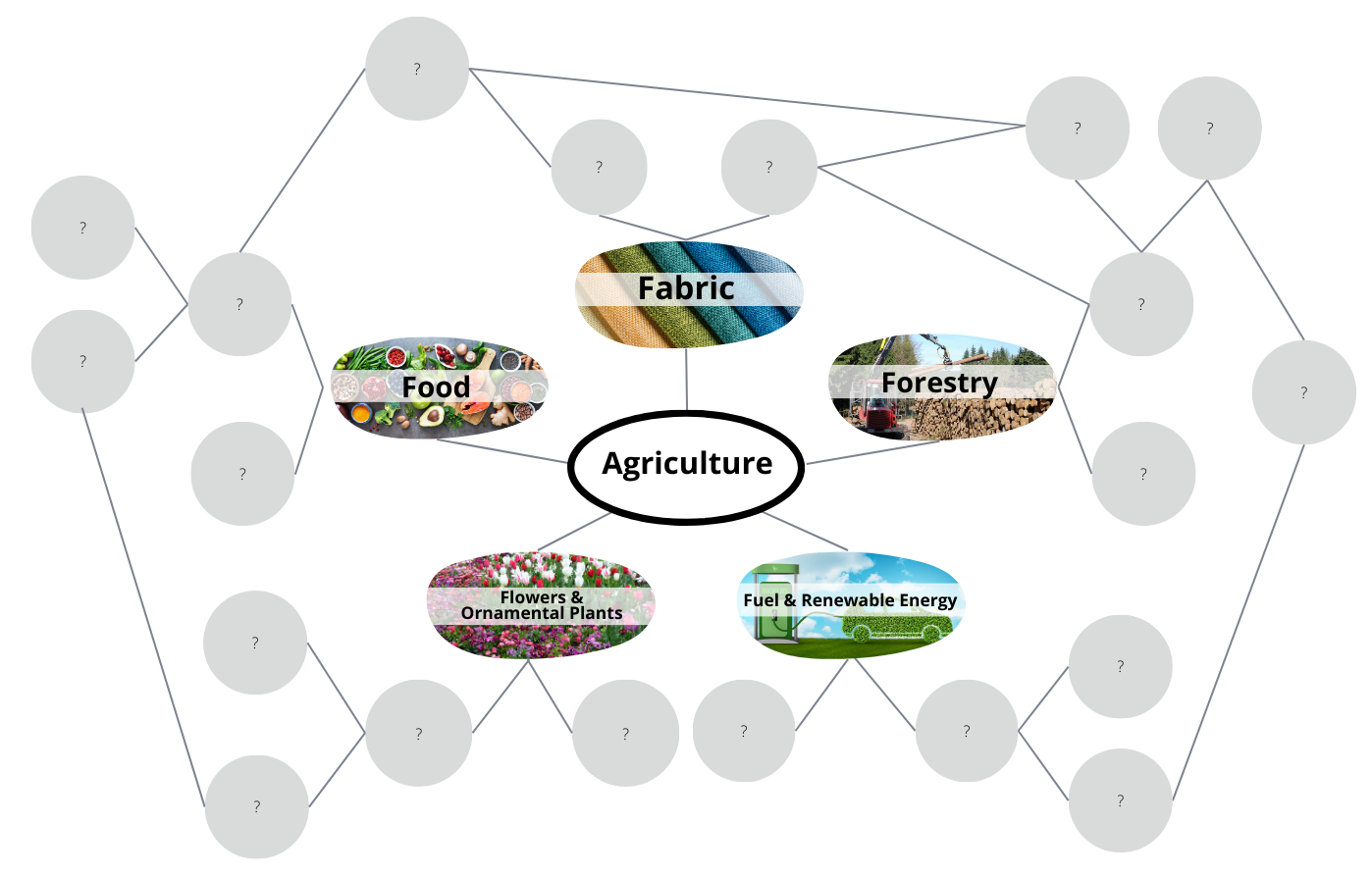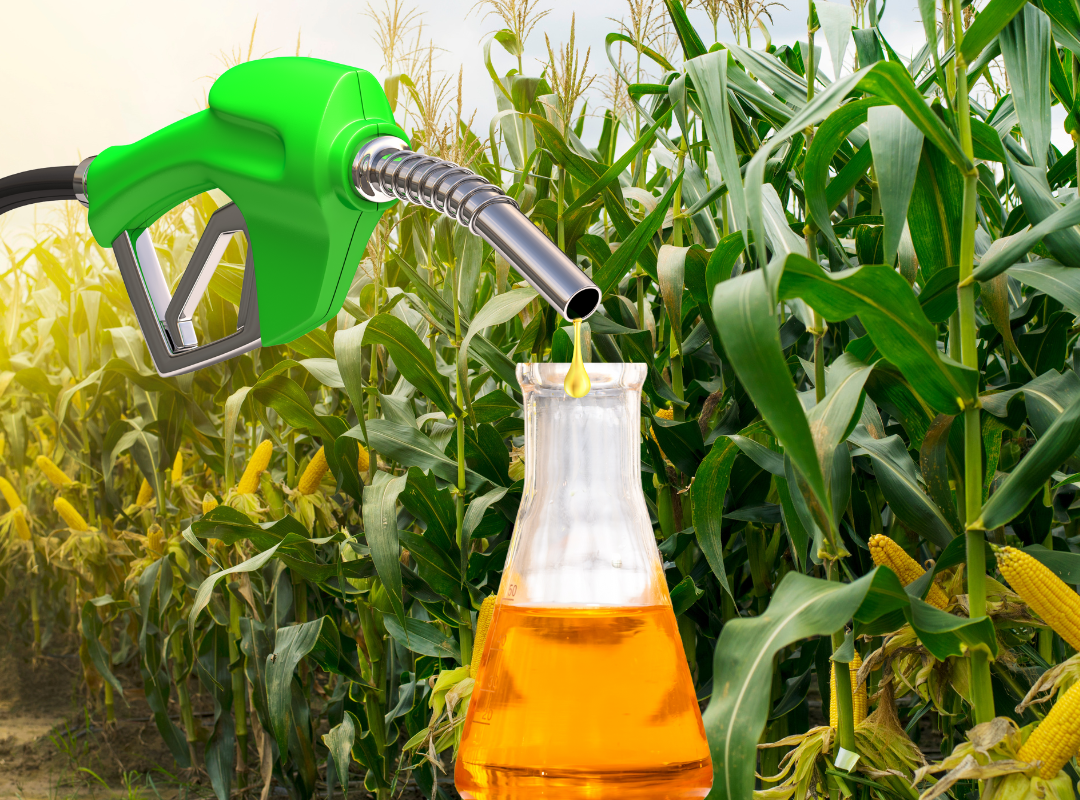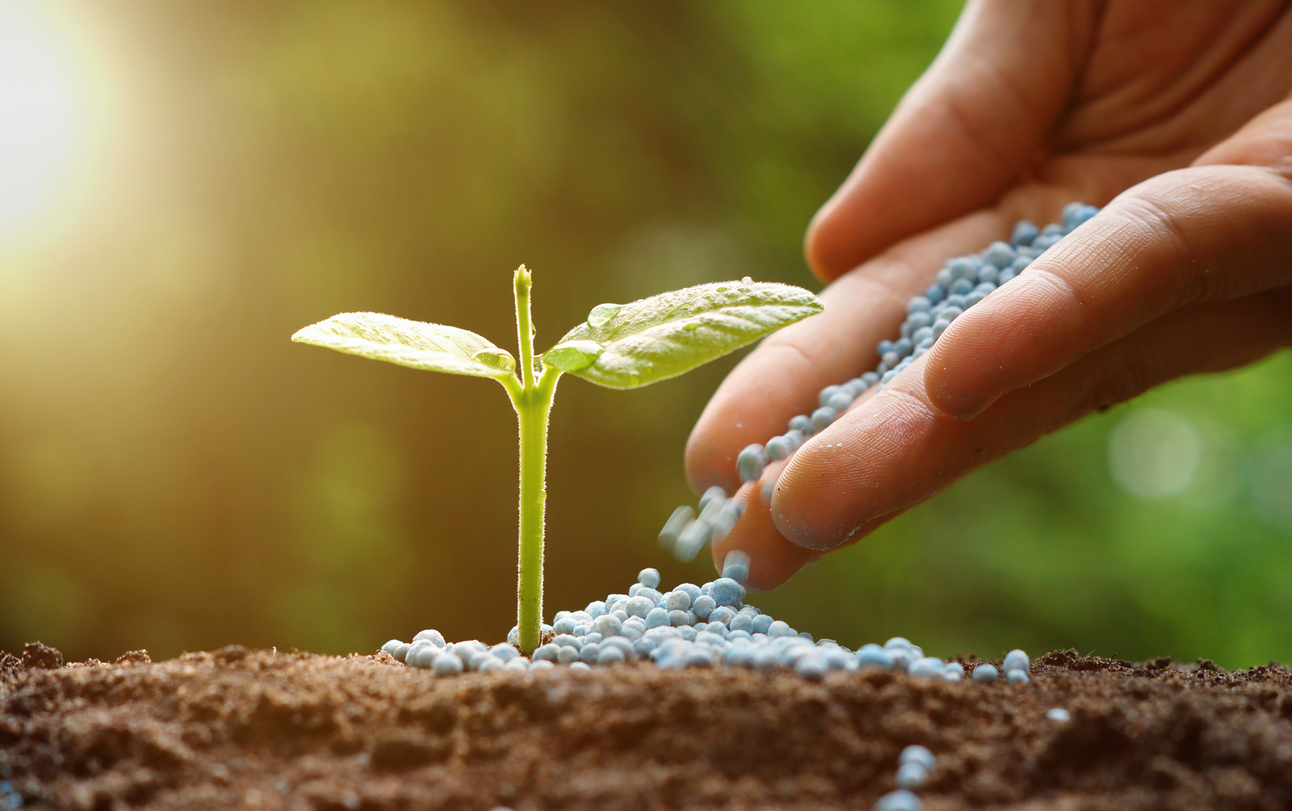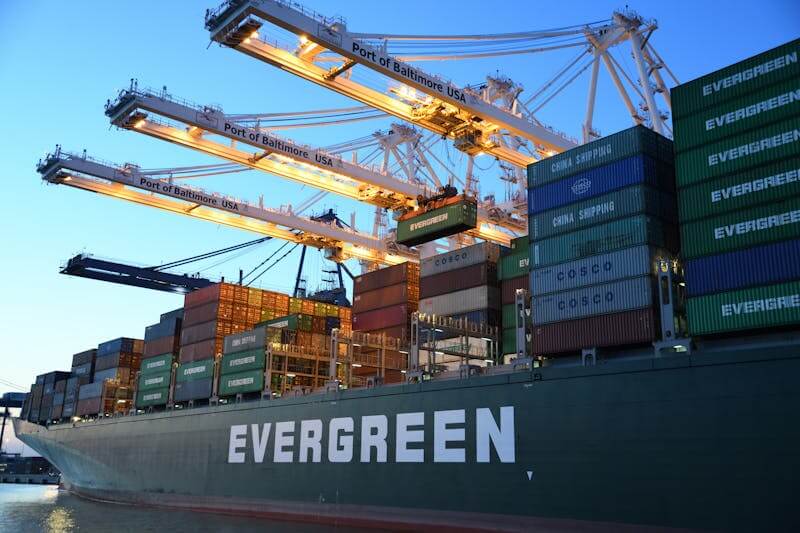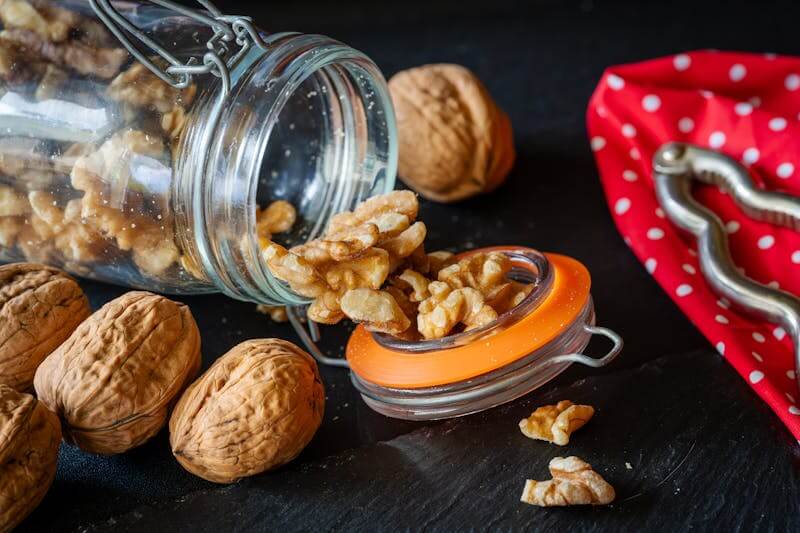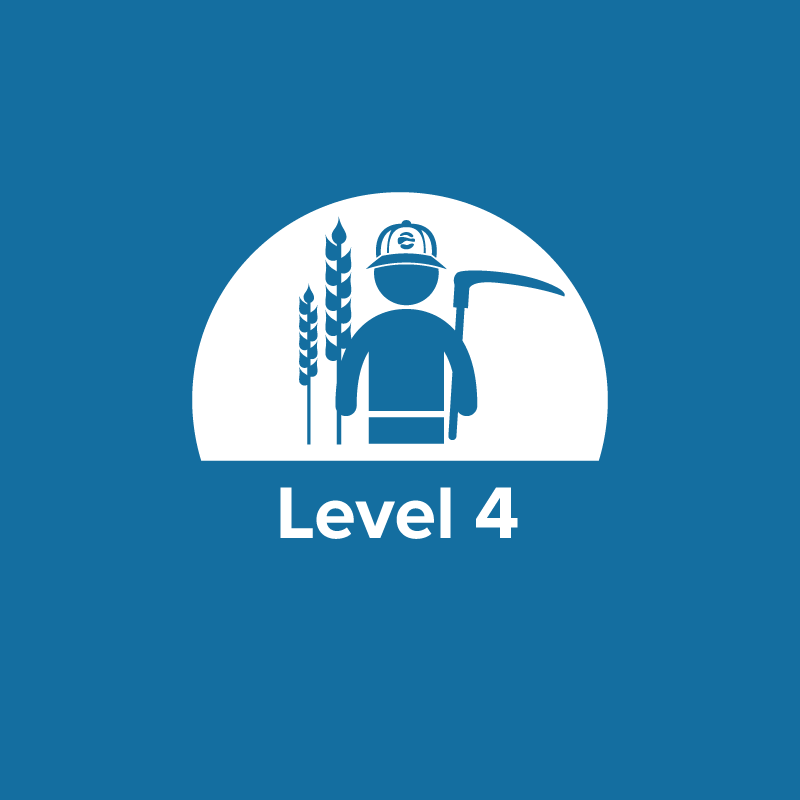Plant Growth Affects the Soil
Students define nitrogen, phosphorus, and potassium as soil nutrients, explain that plants use soil nutrients as they grow, discover that fertilizer replaces depleted nutrients, and analyze information on seed packets to determine the needs different plants have for growth.
